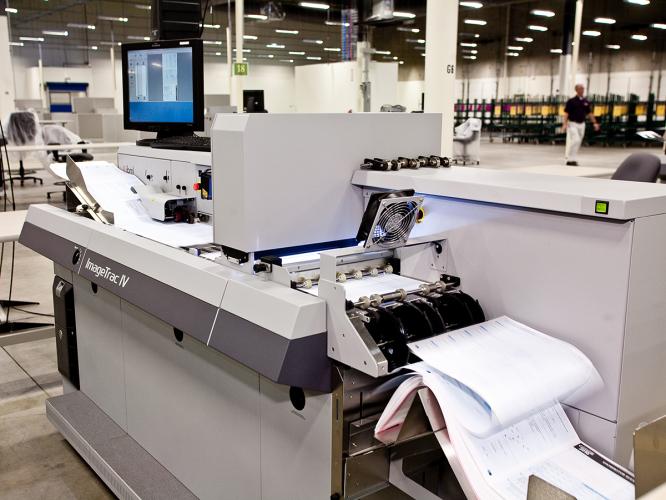How is poverty measured in the United States?
The two federal poverty measures in the U.S.
Each year, the U.S. Census Bureau counts people in poverty with two measures. Both the official and supplemental poverty measures are based on estimates of the level of income needed to cover basic needs. Those who live in households with earnings below those incomes are considered to be in poverty.
Both the official and supplemental poverty measures are annual estimates based on a sampling of U.S. households. In 2025, the Current Population Survey (CPS) Annual Social and Economic Supplement (ASEC) was sent to about 89,000 U.S. households across the 50 states and the District of Columbia.
Since this is a household survey, the sample excludes many who might otherwise be considered to be in poverty. The sample excludes those who are homeless and not living in shelters. It also excludes military personnel who do not live with at least one civilian adult, as well as people in institutions such as prisons, long-term care hospitals and nursing homes.
The official poverty measure
The official poverty measure has been used to estimate the national poverty rate from 1959 onward. The measure is used to create income thresholds that determine how many people are in poverty. Income thresholds by the official poverty measure are established by tripling the inflation-adjusted cost of a minimum food diet in 1963 and adjusting for family size, composition and the age of the householder.
The Census Bureau also provides data using ratios that compare the income levels of people or families with their poverty threshold:
- A household income above 100% of their poverty threshold is considered “above the poverty level.”
- Income above 100% but below 125% of poverty is considered “near poverty.”
- Households with incomes at or below 100% are considered “in poverty.”
- Household incomes below 50% of their poverty threshold are considered to be in “severe” or “deep poverty.”
The official poverty measure provides guidance for government poverty policy and programs. The official measure thresholds are the basis for the U.S. Department of Health and Human Services poverty guidelines which determine government program eligibility.
The supplemental poverty measure
The supplemental poverty measure (SPM) provides a more complex statistical understanding of poverty by including money income from all sources, including government programs, and an estimate of real household expenditures. This information is valuable, but this measure’s thresholds are not the basis for government program income eligibility.
The measure was developed by a 2010 government technical working group. In 2011, its first year of use, it showed that 16 percent of Americans lived in poverty during 2010, compared to 15.1 percent from the official poverty measure.
This measure also shows the effect that a number of safety net programs have on poverty rates. In 2024, for example, Social Security moved 28.7 million individuals out of SPM poverty.
Importantly, the SPM may show a wider variation of poverty from state to state. For example, it found that over a three-year average from 2014-17 California had a poverty rate of 14.5 percent by the official measure. By the supplemental measure California poverty was 20.4 percent, which was second highest in the nation at that time.
Updated 10/30/25
For more information:
U.S. Census Bureau, 2025 (updated). ”How the Census Bureau Measures Poverty.”
U.S. Census Bureau. 2025. “Poverty in the United States: 2024.”
U.S. Dept. of Health and Human Services. 2025. ”Frequently Asked Questions Related to the Poverty Guidelines and Poverty.”
IPUMS CPS. 2025. “Number of records by sample year: ASEC.”










